
We weren’t the only humans just the last ones left to tell the tale
We once walked this Earth not as a solitary species, but as part of a vibrant, diverse family—at least five other human species lived alongside us, each a distinct expression of evolution, each shaped by their own landscapes, climates, and challenges.
Neanderthals, the robust dwellers of Europe and western Asia, were not the brutish caricatures once imagined. They crafted tools with precision, created symbolic art, buried their dead, and thrived in the harsh, icy forests of the north. They hunted cooperatively and survived for hundreds of thousands of years—longer than we have existed so far.
Denisovans, our more enigmatic cousins, left behind little more than fragments—molar teeth, a finger bone, a few strands of ancient DNA embedded in our genomes. We still don’t fully understand where they lived or what they looked like, but their genetic legacy lives on in many people across Asia and Oceania.
Homo erectus was perhaps the greatest survivor of them all—an upright walker who endured for nearly two million years. They mastered fire, migrated across continents, and were the first humans to truly step into the wider world. They were pioneers long before us.
On the remote islands of Southeast Asia, the story grows stranger still. In Flores, the “hobbits”—tiny humans with grapefruit-sized brains—somehow thrived in isolation for thousands of years. Meanwhile, in the Philippines, Homo luzonensis, equally small and mysterious, adapted to a life cut off from the rest of humanity.
And yet—one by one—they disappeared.
There was no great cataclysm, no epic final battles. Their ends were mostly quiet, lost to time. They left behind no temples, no tombs, only stone tools in dark caves, scattered fossils beneath layers of earth, and faint whispers that echo through our DNA.
Why them—and not us?
Some theories point to competition: we had more advanced tools, broader social networks, and possibly faster-adapting minds. Others cite climate change, volcanic winters, shifting ecosystems—forces that transformed their worlds into places they could no longer survive. And some wonder if our ancestors played a darker role, outcompeting or even eliminating the others as we spread across the globe.
But their stories didn’t end in violence alone. Traces of Neanderthal and Denisovan DNA in modern humans prove that our interactions were also intimate, complex—interwoven. We didn’t just conquer them. We connected, interbred, and absorbed pieces of their being into ours. They live on in the shape of our skulls, in the way some of our immune systems function, even in certain quirks of our behavior.
Their memory isn’t lost.
It resides in us—quietly, persistently. When we look into the mirror, we don’t just see ourselves. We glimpse echoes of those who came before us. The shape of a brow, the strength in our hands, the spark of curiosity in our eyes—all carry the weight of ancestral shadows.
We are not the only story evolution tried to write. We are simply the one that endured.
But endurance is not the same as supremacy. It’s not that we were destined to survive. It’s that we were lucky, adaptive, and perhaps—most of all—connected.
And so, when we marvel at our progress, our cities, our science, our reach into space—we would do well to remember:
We walk with ghosts.
We are the heirs of a lost family.
And in every step forward, we carry the footprints of those who came before.
News in the same category


Apple Agrees to Pay Out Users From $95,000,000 Fund After Lawsuit Accused Siri of Listening to Private Conversationsa

How she got her wealth might surprise you too 👀

What Is This Button In The Car For

How Long Cooked Food Can Stay In The Refrigerator

Unbelievable: China is About to Launch the First ‘Pregnancy Robot’ to Carry a Baby
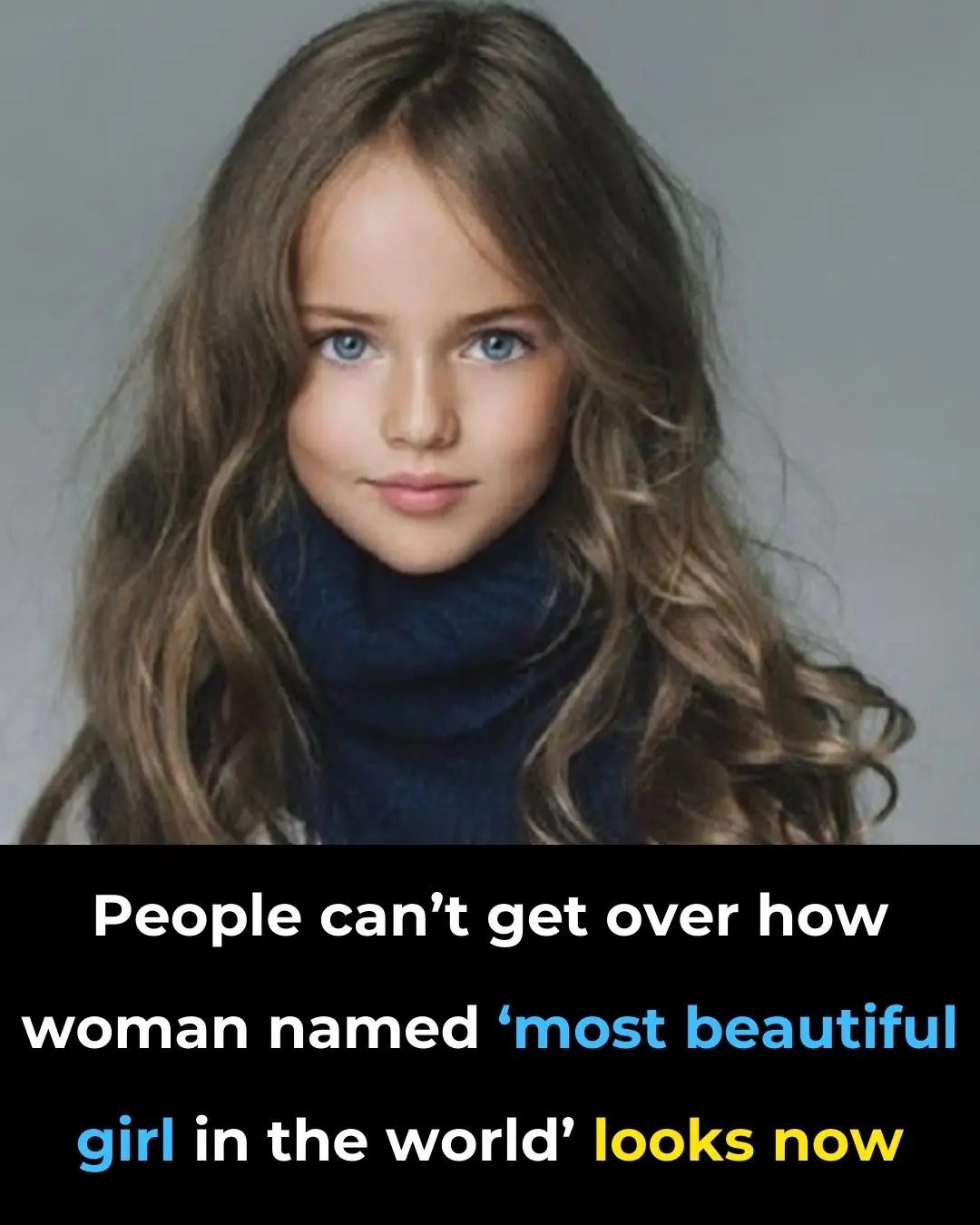
This Is How These 10 Worldwide Famous Kids Look Like Now
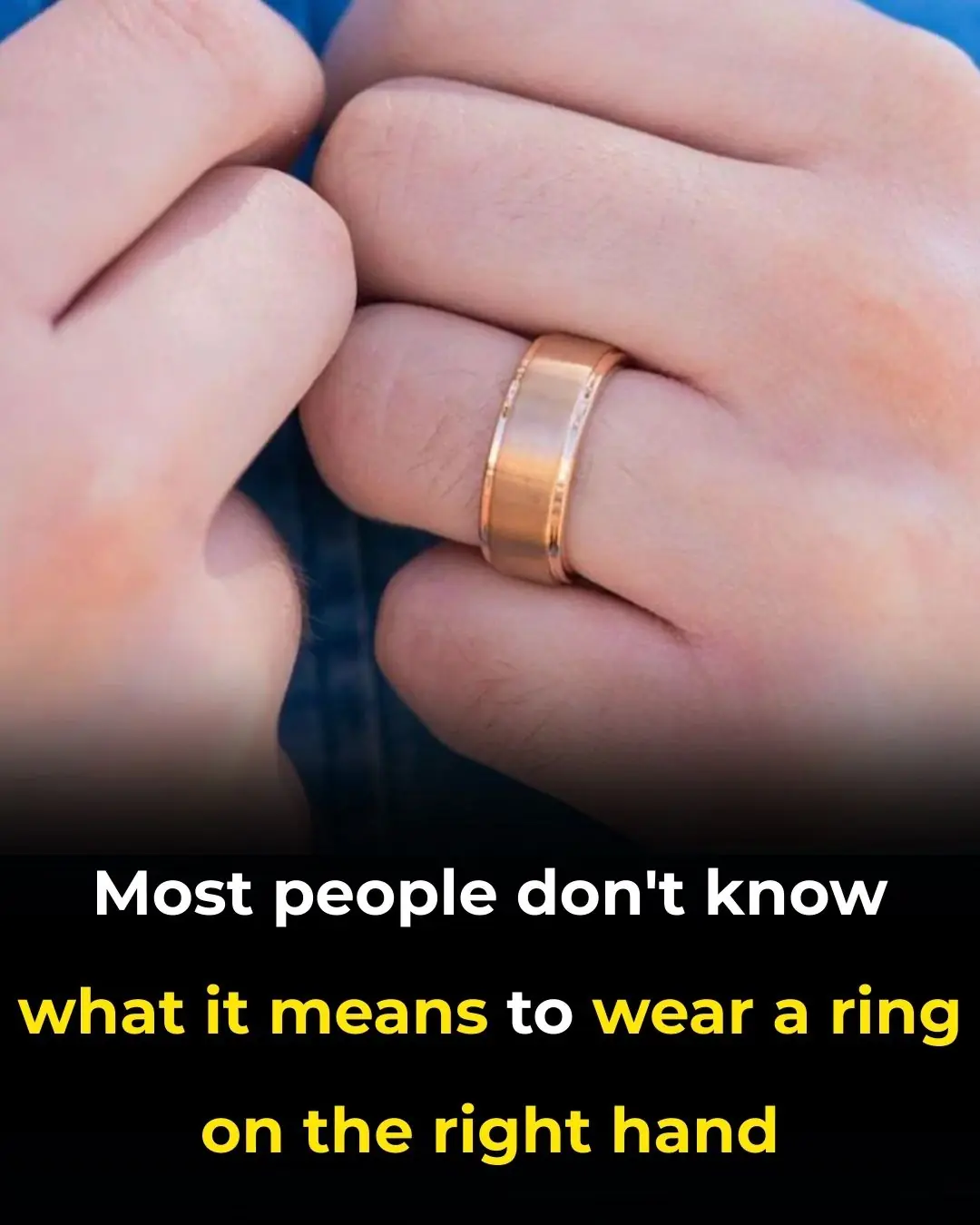
What Does It Mean To Wear a Ring On The Right Hand

Hotel Workers Reveal What Goes On

Scientists Explain Why ‘Doing Your Own Research’ Leads to Believing Conspiracies

The Richest Americans Still Die Earlier Than the Poorest Europeans
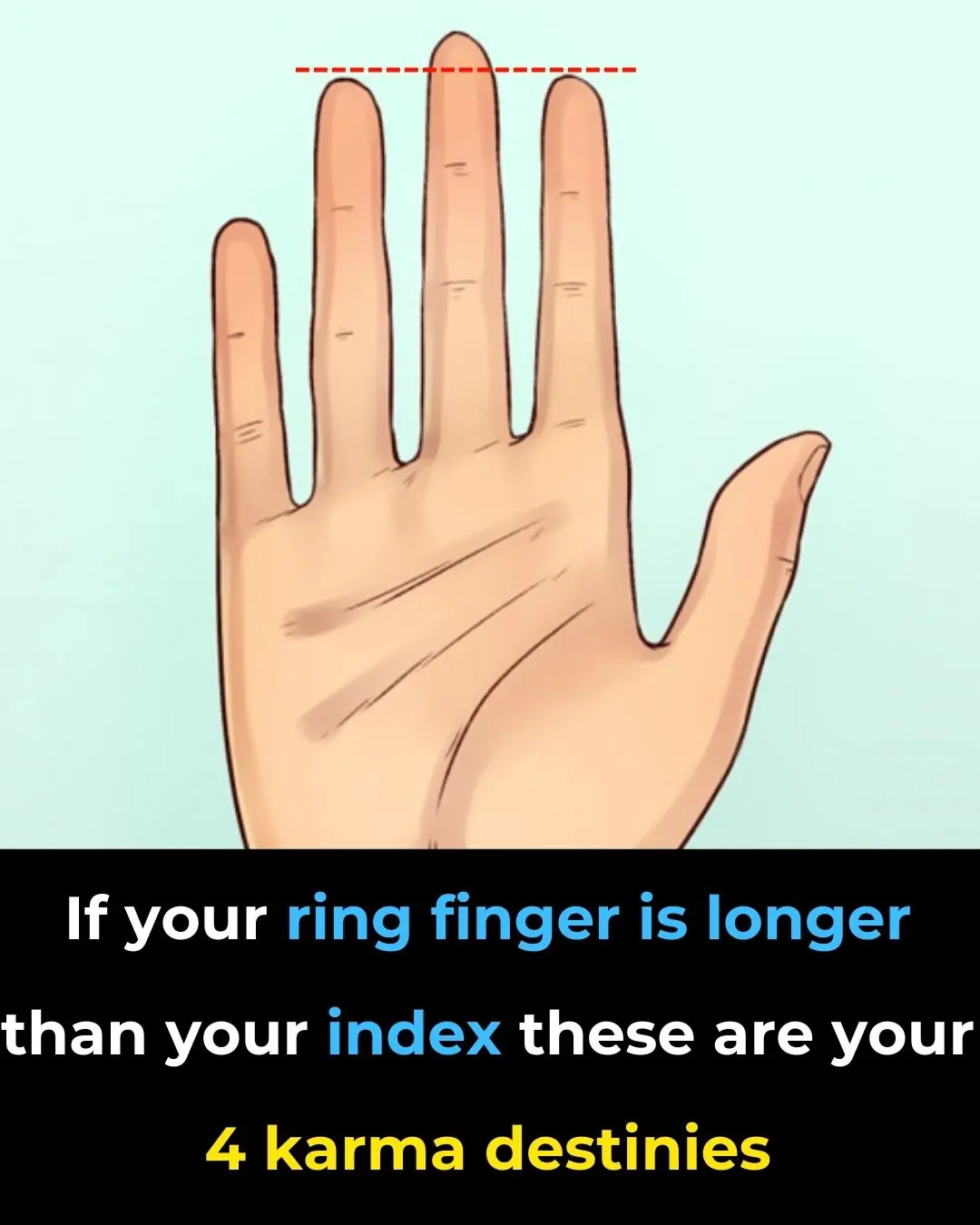
Ring Finger Longer Than An Index Finger

She Spent $70,000 on Cosmetic Procedures — Now She’s Owning Her Beauty Despite the Backlash

Woman employed by popular mobile network sues company after being 'forced' to do nothing for 20 years

This School Is Teaching Teen Girls Important Life Skills Like Changing Tires and Other Car Maintenance

Indiana Woman Arrested After Traveling To DC To Kidnap And Assassinate Trump
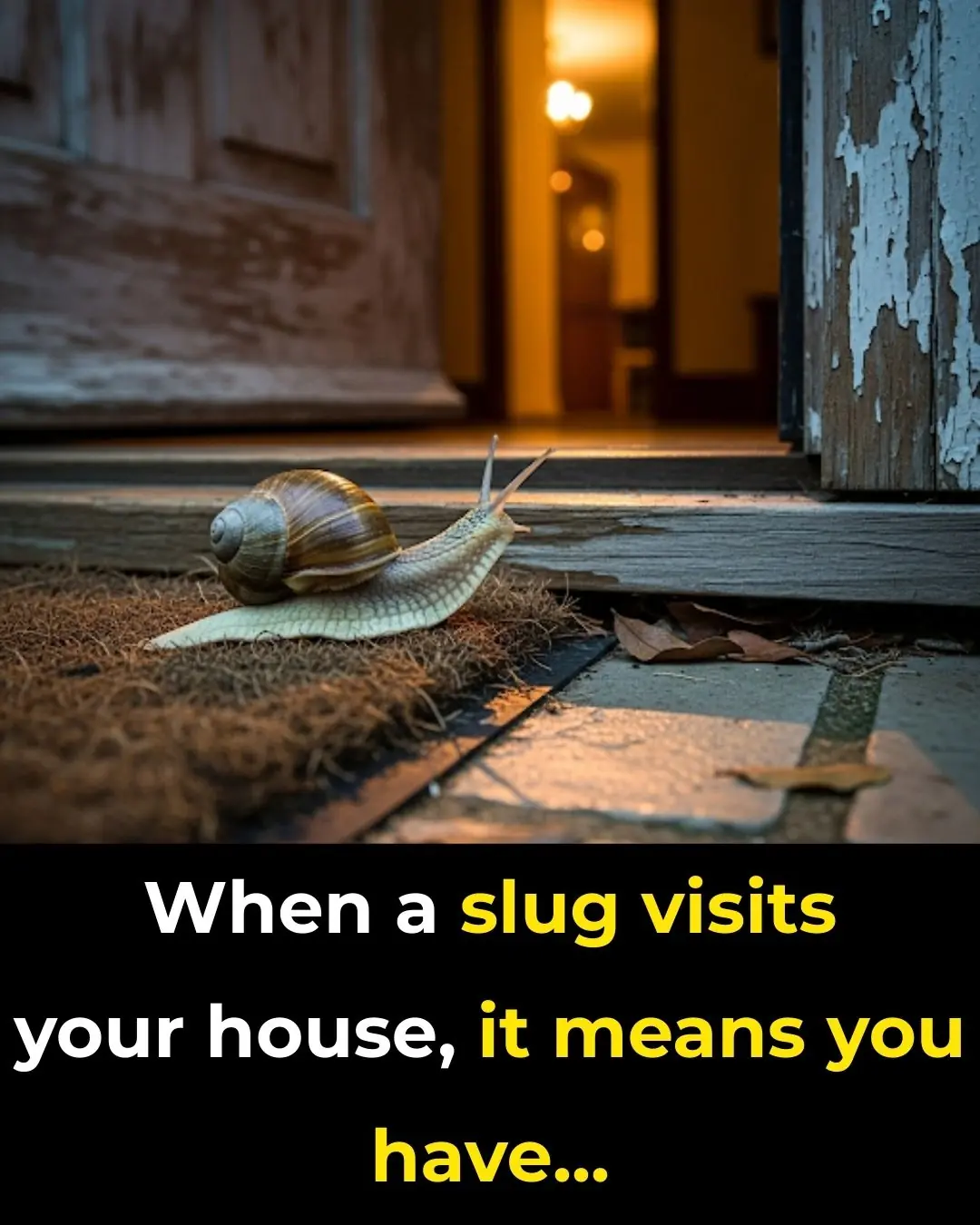
Why Slugs Deserve More Credit Than You Think

Sink Trick You Should Always Do Before Vacation

The Meaning of Having an Unmade Bed

How to Charge Your Phone to Extend Battery Life
News Post

These Foods Cause Insomnia

How To Get Rid of Phlegm And Mucus

Most people eat these 7 meats daily — here’s why you shouldn’t

1 herb being called a miracle for liver, blood sugar, and blood pressure

Proposed Law Would Give Cognitive Fitness Tests To Elderly U.S. Lawmakers

Apple Agrees to Pay Out Users From $95,000,000 Fund After Lawsuit Accused Siri of Listening to Private Conversationsa

Dr. Nick Norwitz Eats Over 700 Eggs in a Month to See What Happens

How she got her wealth might surprise you too 👀
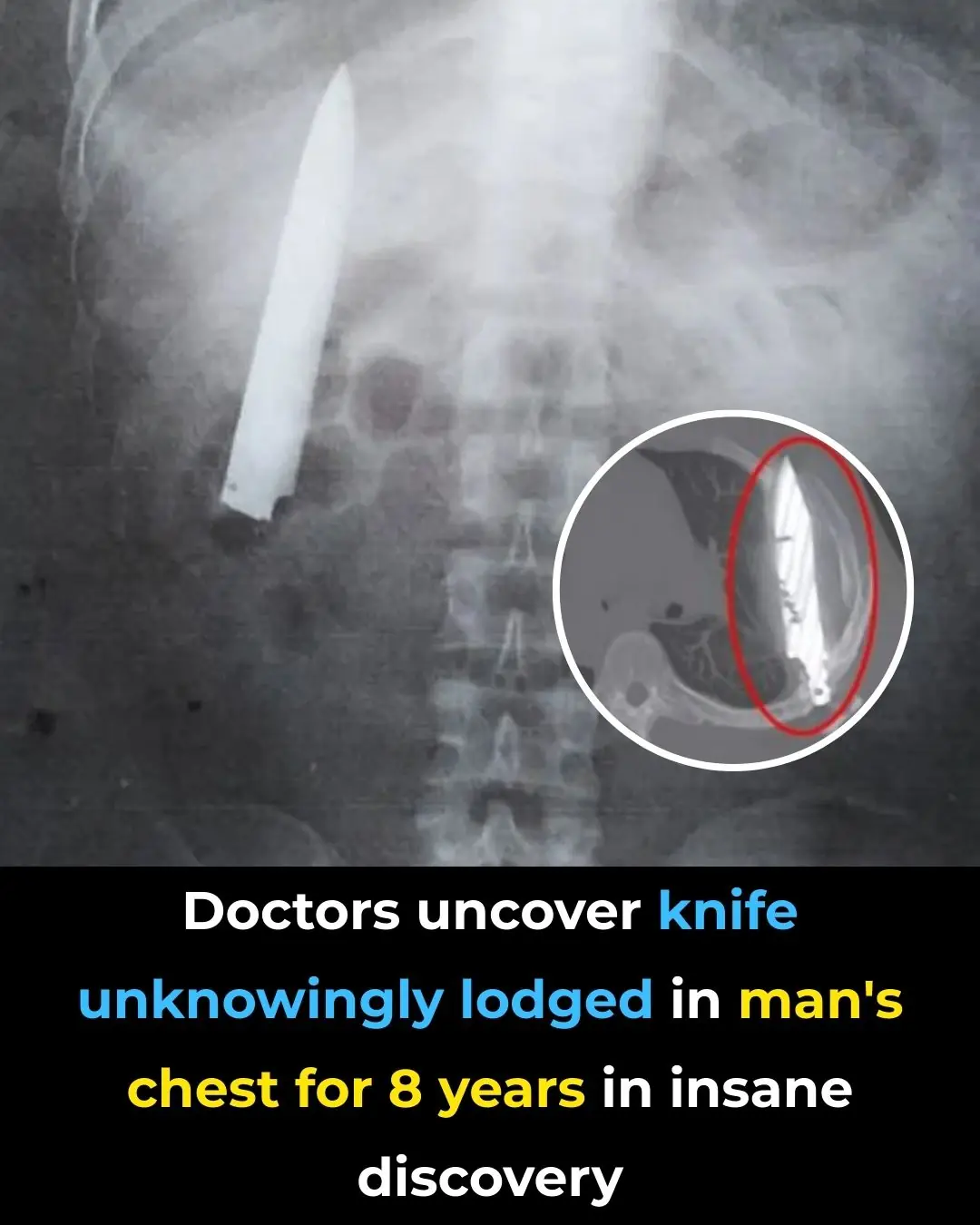
Doctors uncover knife unknowingly lodged in man's chest for 8 years in insane discovery

Elon Musk unveils new AI project that could recreate Microsoft’s entire business operations

Arkansas woman accidentally discovers $27,000 dollars after kicking 'spiderweb' in park
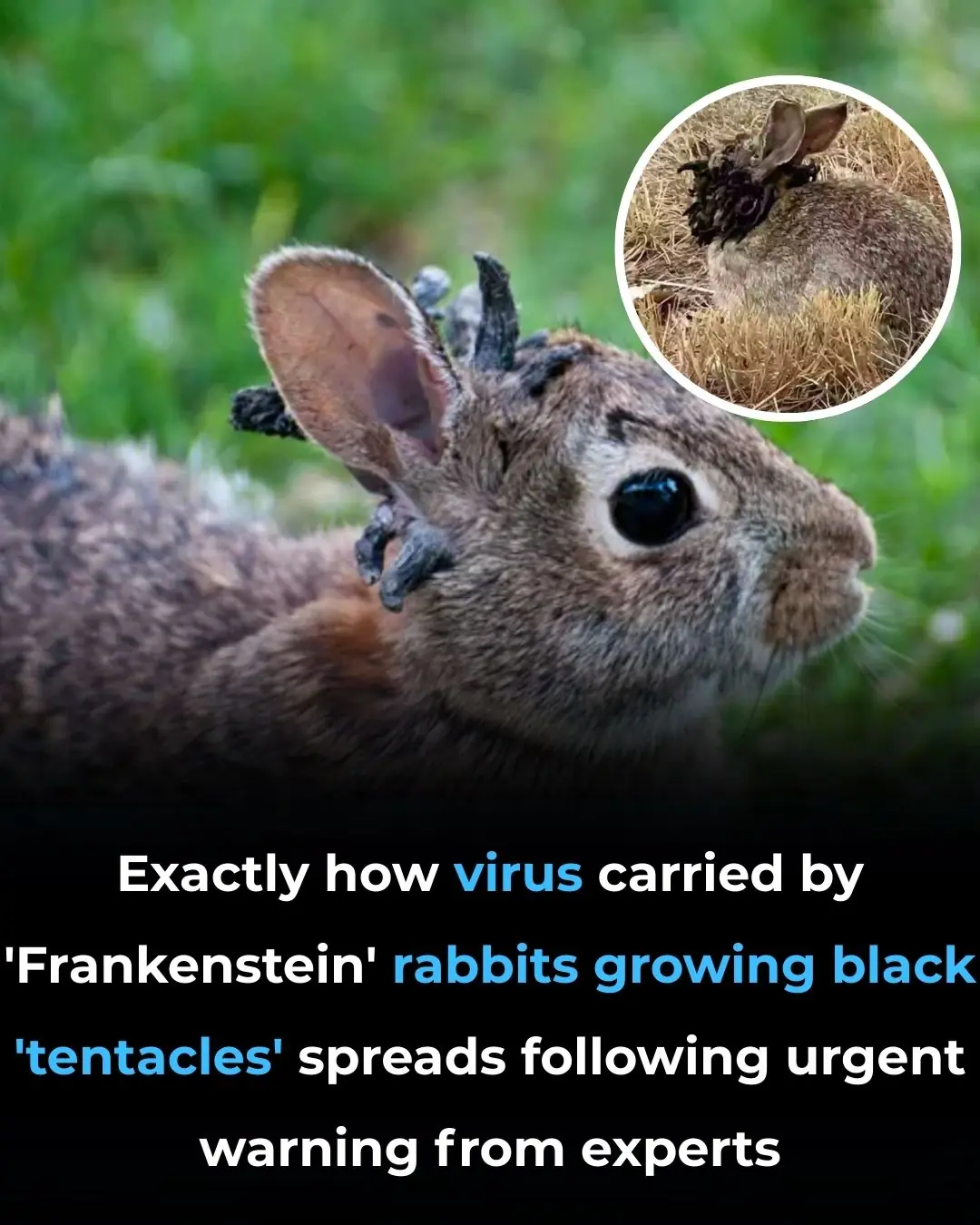
Exactly how virus carried by 'Frankenstein' rabbits growing black 'tentacles' spreads following urgent warning from experts

The Elders' Teachings Are Not Wrong: "The Kitchen Should Not Face Three Directions, and the Bed Should Not Be Placed in Three Locations"
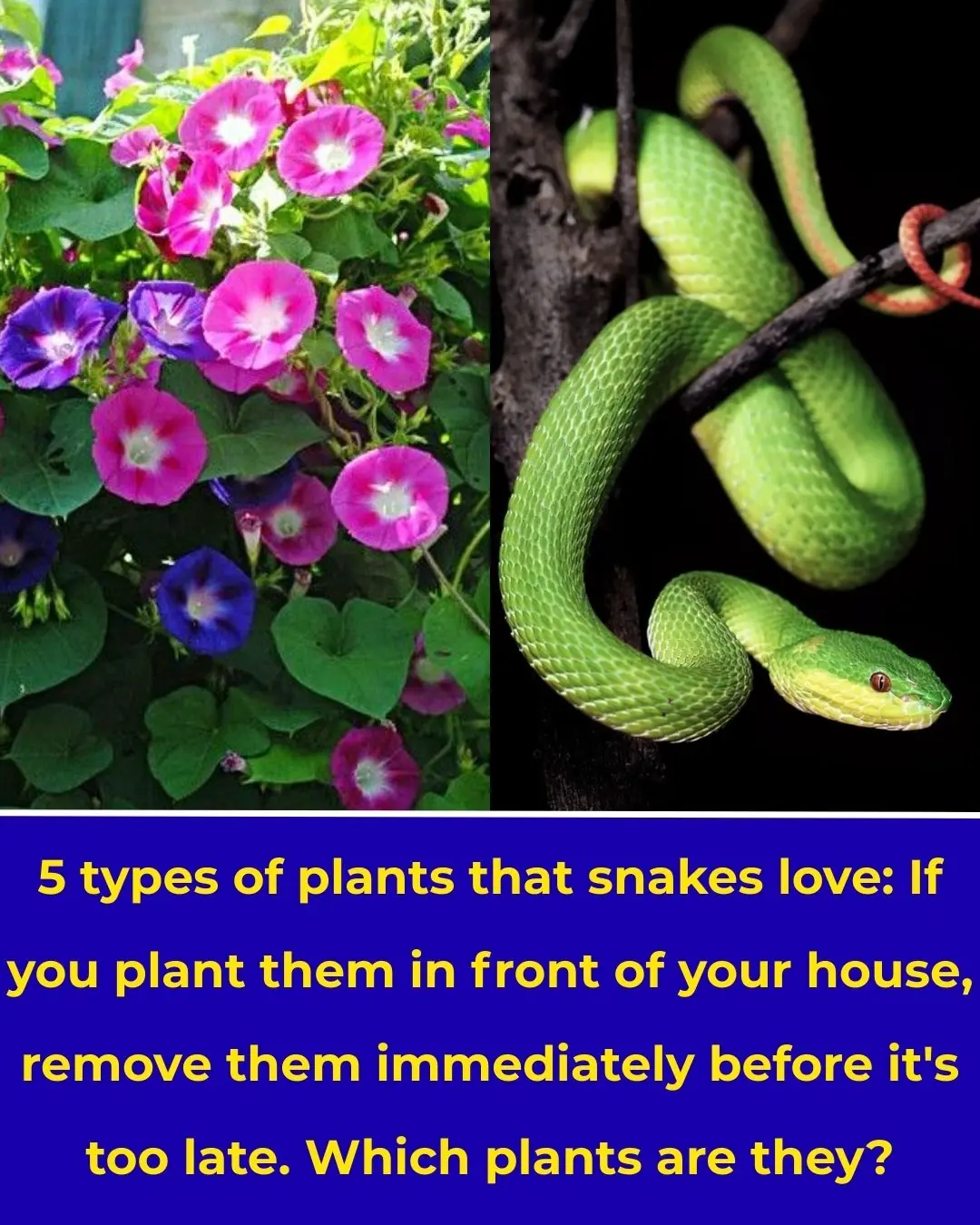
5 Types of Plants That Snakes Love: If You Plant Them in Front of Your House, Remove Them Immediately Before It’s Too Late

If Your Non-Stick Pan Has Lost Its Coating, Don’t Rush to Throw It Away. Follow This Trick to Turn Your Old Pan Into a Like-New One.

Cooking Oil Often Splashes When Frying? Add This Ingredient to the Pan, and You Won't Have to Worry About Oil Splattering or Sticking to the Pan

Is It Correct to Close the Door When Using the Air Conditioner? Here Are 5 Mistakes That Can Cause Your Electricity Meter to Increase 2-3 Times

Boiling Eggs with Just Water is Not Enough: Add This Ingredient, and the Eggs Will Cook Evenly, Have a Rich Flavor, and the Shells Will Peel Off Easily

Do Not Ignore These 10 Warning Signs That Your Kidneys May Be In Danger
